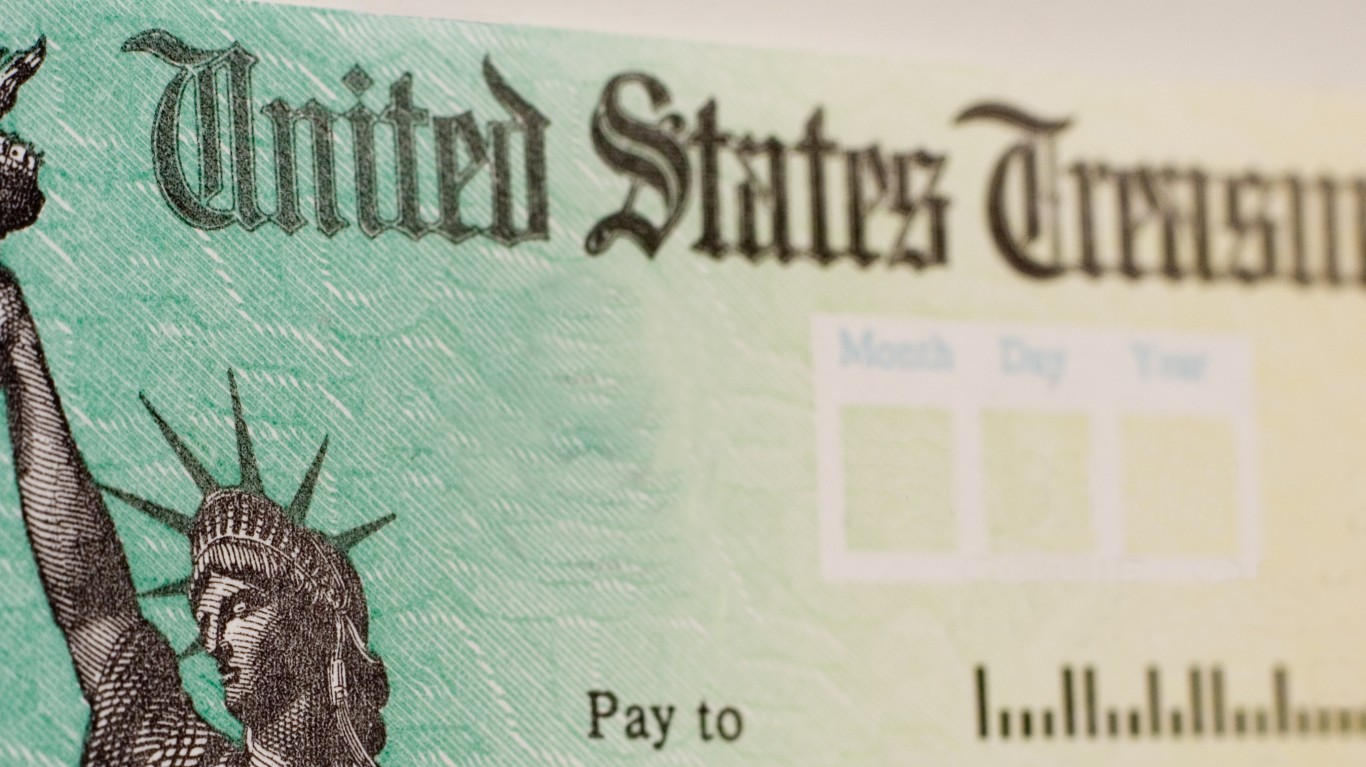
Some Americans may still be able to claim the third stimulus check that was approved by Congress in 2021. Although the IRS has already sent all the third-round Economic Impact Payments (EIPs), some people may have missed the last payment or received less than what they were eligible for. In these cases, they can still claim the third stimulus check by filing a 2021 Recovery Rebate Credit on their 2021 federal tax return.
Who Can Still Claim the Third Stimulus Check?
Congress approved three stimulus checks at the time of the COVID-19 pandemic to help families during the pandemic, including the third-round payment of $1,400. Those who still haven’t received the third stimulus check despite being eligible or who received less than what they were eligible for can still claim the payment.
Last year, a report from the Treasury Department stated that about 644,705 people didn’t receive a third stimulus check. Although many people will have claimed the money since then, there is still time left for those who haven’t yet claimed the money.
To claim the third stimulus check, you need to file a 2021 Recovery Rebate Credit on your 2021 federal tax return. The third stimulus check was authorized through the American Rescue Plan Act. Eligible individuals could receive $1,400, while couples filing jointly could get up to $2,800.
Those who didn’t previously qualify for the third payment may also claim the third stimulus check if they meet the requirements. For instance, if your income for the 2020 and 2019 tax years exceeded the threshold income for the third payment, but in 2021, you lost your job.
As a result, your income dropped drastically, making you eligible for the third stimulus check in 2021. Thus, you can now claim the Recovery Rebate Tax Credit. Families that added dependents in 2021 may also be able to claim the credit.
Moreover, those who didn’t get the first and second coronavirus stimulus checks and haven’t yet filed their 2020 tax return can also get the money by claiming a Recovery Rebate Credit by filing a 2020 income tax return.
How to Claim the Recovery Rebate Credit
To file the Recovery Rebate Credit worksheet, it is important that you know the amount of any third stimulus check you might have already received for you, your spouse, and any dependents. On the worksheet, you also need to provide your adjusted gross income (AGI) for that year to determine your eligibility for the third stimulus check.
The IRS Get My Payment application portal, which enabled people to check the status of their stimulus payments, is closed. However, you can still view the details of your three stimulus checks by logging into your individual online account with the IRS.
You will need the information in your online account to calculate your Recovery Rebate Credit when preparing your 2021 tax return. Alternatively, if you received IRS Letter 6475 stating the amount of your third stimulus payment and any plus-up payments for the 2021 tax year, then you can use that information to claim the Recovery Rebate Credit.
Once you calculate the correct Recovery Rebate Credit amount, you will have to enter it on line 30 of your 2021 tax return. However, the Recovery Rebate Tax Credit won’t be a direct payment like the coronavirus stimulus checks; rather, it will reduce any taxes owed or increase the amount of your tax refund.
This article originally appeared on ValueWalk
Take Charge of Your Retirement In Just A Few Minutes (Sponsor)
Retirement planning doesn’t have to feel overwhelming. The key is finding expert guidance—and SmartAsset’s simple quiz makes it easier than ever for you to connect with a vetted financial advisor.
Here’s how it works:
- Answer a Few Simple Questions. Tell us a bit about your goals and preferences—it only takes a few minutes!
- Get Matched with Vetted Advisors Our smart tool matches you with up to three pre-screened, vetted advisors who serve your area and are held to a fiduciary standard to act in your best interests. Click here to begin
- Choose Your Fit Review their profiles, schedule an introductory call (or meet in person), and select the advisor who feel is right for you.
Why wait? Start building the retirement you’ve always dreamed of. Click here to get started today!
Thank you for reading! Have some feedback for us?
Contact the 24/7 Wall St. editorial team.





